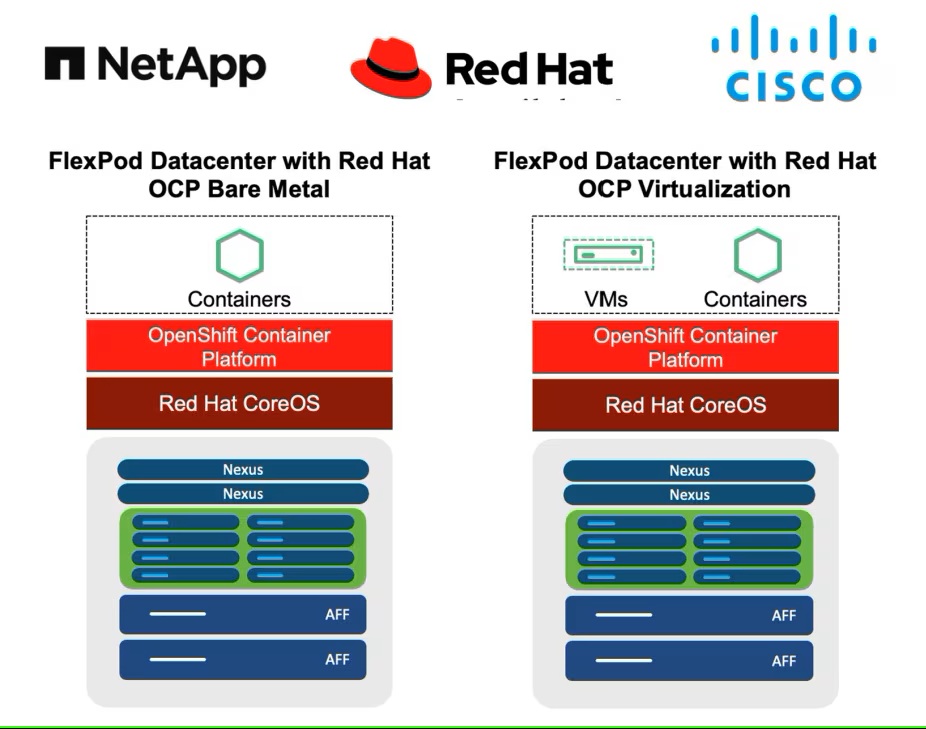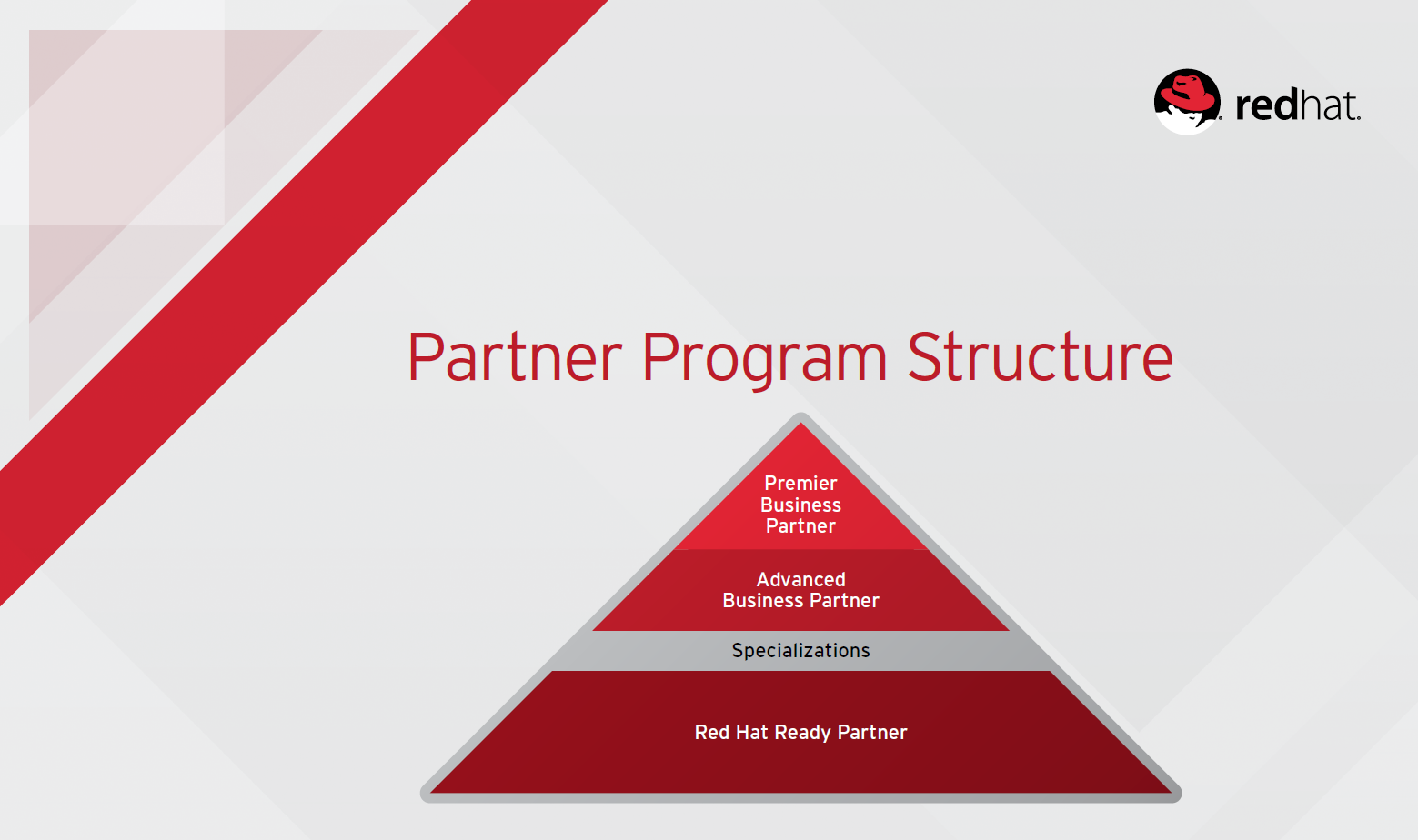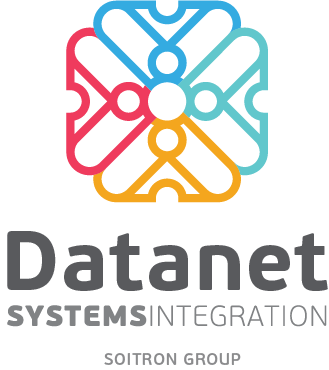Datanet Systems has attained the prestigious status of Red Hat Premier Partner, reinforcing its leadership position in the integration of complex IT and telecommunications solutions. The Premier Business Partner level is reserved for Red Hat’s strategic partners who invest in developing new opportunities and make the most significant contributions to the Red Hat partner ecosystem. Achieving this level of partnership involves meeting rigorous requirements, including maintaining specialized expertise through annual Red Hat reaccreditations. This partnership level offers access to a wide range of benefits, including advanced training opportunities for Datanet Systems’ specialists and enhanced visibility within the Red Hat ecosystem.
In support of this partnership, Datanet Systems, in collaboration with Soitron Group, has assembled a dedicated team of experts, consisting of five Red Hat Sales Specialists, two Red Hat Sales Engineers, and two Red Hat Delivery Specialists for each certified competency. With these capabilities, Datanet is well-equipped to manage the full lifecycle of a project, from proof-of-concept implementation to designing architecture and deploying Red Hat solutions across various IT environments.
Red Hat Solutions in Datanet Systems’ Portfolio: Red Hat OpenShift and OpenStack
Red Hat is a globally recognized leader in technology, known for its ongoing innovation across its solutions—ranging from advanced platforms for virtualization, containerization, and orchestration, to automation, cloud, and security. This continuous innovation has secured Red Hat’s position as a leader in industry reports such as the Gartner Magic Quadrant and The Forrester Wave, where it consistently ranks at the top due to its performance, strategic vision, and impact on the IT sector.
Among Red Hat’s flagship offerings are the Red Hat OpenShift and Red Hat OpenStack platforms for virtualization and containerization, both of which are now available in Datanet Systems’ portfolio.
Red Hat OpenShift
Red Hat OpenShift is an enterprise-grade containerization platform built on Kubernetes, designed to help organizations develop, deploy, and manage applications across hybrid and multi-cloud environments. It streamlines container orchestration while delivering robust security, scalability, and automation. OpenShift integrates a comprehensive suite of tools and services that simplify the entire application lifecycle—from development through deployment and ongoing workload management. Trusted by over 3,000 organizations, including 56% of the top 25 companies in the Global Fortune 500, OpenShift combines built-in security with reliable support and a proven software supply chain.
Key Features and Capabilities:
- Streamlined Container Orchestration: As a Kubernetes-based platform, OpenShift offers an enterprise-grade containerization solution with advanced automation and real-time monitoring.
- Enhanced Developer Efficiency: Integrated CI/CD pipelines, simplified application deployment, and intuitive tools like OpenShift Dev Spaces boost developer productivity.
- Comprehensive Security and Compliance: Features include role-based access control (RBAC), image scanning, and end-to-end encryption to ensure robust security.
- Support for Serverless, AI/ML, and Edge Computing: OpenShift supports emerging technologies, including Knative for serverless applications and AI/ML workloads.
- Flexible Deployment Options: Red Hat OpenShift Platform Plus can be deployed on-premise, in the cloud, on a managed cloud, or at the Edge, delivering a unified user experience, management, and security across hybrid infrastructures.
Red Hat OpenStack
Red Hat OpenStack is an open-source Infrastructure-as-a-Service (IaaS) platform that enables businesses to build and manage private and public clouds. It offers a scalable and flexible environment for managing virtual machines, networking, and storage infrastructure. While OpenShift focuses on containerization for application deployment, OpenStack provides the underlying virtualized infrastructure foundation. The two platforms can operate independently or together, with OpenShift running on OpenStack’s cloud infrastructure.
Key Features and Capabilities:
- Robust Virtualization and Compute Management: OpenStack provides a solid virtualization layer with support for multiple hypervisors, including KVM.
- Software-Defined Networking (SDN): Includes Neutron, a service that enables network automation, scalability, and programmability.
- Comprehensive Storage Management: OpenStack supports block, object, and file storage through components like Cinder, Swift, and Manila.
- Advanced Multi-Tenancy and Security: Key features include identity and access management (Keystone) and robust isolation capabilities for multi-tenant cloud environments.
- Seamless Integration with Container Platforms: OpenStack integrates with Kubernetes and OpenShift for containerized workloads.
- Primary Use Cases: Building and managing private and hybrid cloud infrastructures, large-scale IT resource virtualization, high-performance computing (HPC) infrastructure, and Network Function Virtualization (NFV) for telecom and 5G applications.
Key Benefits and Differentiators of Red Hat OpenShift and OpenStack Compared to Traditional Virtualization/ Containerization Solutions:
- Return on Investment (ROI): According to a 2024 Forrester Consulting report, organizations using OpenShift Cloud Services have achieved an ROI of 468%.
- Platform Value: IDC has assessed the value of the Red Hat OpenStack platform for private clouds, showing that organizations leveraging it have realized annual benefits of $6,81 million.
- Open Source Approach: Red Hat platforms are built on top-tier open-source projects like KVM, Kubernetes, and OpenStack, ensuring transparency, flexibility, and eliminating vendor lock-in.
- Hybrid Cloud Focus: Red Hat emphasizes seamless integration between on-premise, private, and public environments, delivering a truly unified hybrid cloud experience.
- Automation and Scalability: Red Hat leverages Ansible and OpenShift GitOps to manage both infrastructure (OpenStack) and applications (OpenShift) through automation and Infrastructure-as-Code (IaC).
- Enterprise-Grade Security and Compliance: From SELinux security in OpenShift to role-based access control (RBAC) in OpenStack, Red Hat provides robust, enterprise-grade security solutions.
Red Hat solutions present a viable alternative for organizations seeking options beyond VMware, particularly in light of VMware’s licensing changes following its acquisition by Broadcom.
Cisco FlexPod: A Collaborative Solution from Cisco, Red Hat, and NetApp
For organizations in need of high-performance, scalable, and flexible solutions to efficiently manage virtualized workloads, Cisco has introduced Cisco FlexPod. This pre-validated converged solution integrates Red Hat Virtualization (RHV) and NetApp storage, offering a powerful, enterprise-ready platform that supports a wide range of workloads.
At the core of FlexPod is Cisco’s Unified Computing System (UCS), which provides high-performance blade and rack servers optimized for virtualization. These servers are managed via Cisco UCS Manager, enabling efficient provisioning and automation. The network is supported by Cisco Nexus switches, delivering high-speed connectivity, low latency, and essential security functions for modern data centers.

Red Hat Virtualization, an open-source hypervisor based on KVM, ensures enterprise-level performance without vendor lock-in. Using Red Hat Virtualization Manager (RHV-M), IT teams can efficiently manage virtual machines and hosts with features such as live migration, high availability, and self-service provisioning. NetApp’s robust storage solutions provide a perfect blend of SAN, NAS, and object storage. With NetApp ONTAP, organizations gain storage efficiency, automation, and cloud integration, ensuring workloads run smoothly while maintaining data protection and disaster recovery capabilities.
One of the primary advantages of Cisco FlexPod with RHV and NetApp is its pre-validated, optimized architecture. With all components fully tested and certified, implementation risks are minimized, enabling faster time-to-value for the business. Moreover, the flexibility of this solution makes it ideal for a variety of use cases, from enterprise virtualization and private cloud deployment to Virtual Desktop Infrastructure (VDI) and disaster recovery solutions.
Key Advantages of OpenShift Virtualization on Cisco FlexPod:
- Ability to create, manage, clone, and import Linux and Windows virtual machines (VMs) while running both containerized and VM workloads within the same cluster.
- Management of VM network interfaces and storage disks, with the ability to live-migrate VMs between cluster nodes.
- Support for attaching and utilizing hardware devices such as GPUs and migrating VMs from other virtualization environments into OpenShift Virtualization.
- Open-Source Virtualization Integration with Red Hat: A Cost-Effective, Enterprise-Grade Alternative
- The integration of open-source virtualization via Red Hat provides a cost-effective, enterprise-grade alternative to proprietary hypervisors. Combined with NetApp’s data management capabilities, organizations benefit from high availability, enhanced performance, and seamless cloud integration. This approach not only ensures workload flexibility but also supports multi-cloud strategies, allowing businesses to scale efficiently while maintaining control over their IT environments.
Red Hat Solutions through Datanet Systems
Partnering with Datanet Systems grants you access to a team of experts, not only specialized in Red Hat solutions but also certified across a broad spectrum of software and hardware technologies. This enables Datanet to seamlessly integrate Red Hat virtualization platforms into any IT infrastructure. Datanet offers Red Hat OpenShift and OpenStack solutions for both new virtualization projects and migrations from other technologies. Our team is equipped to handle the deployment of these solutions, either individually or as part of a fully integrated appliance, such as FlexPod, to ensure a scalable and high-performance infrastructure. For more details, please reach out to us at sales@datanets.ro.

 Prisma Access: Advanced Security for...
Prisma Access: Advanced Security for...
